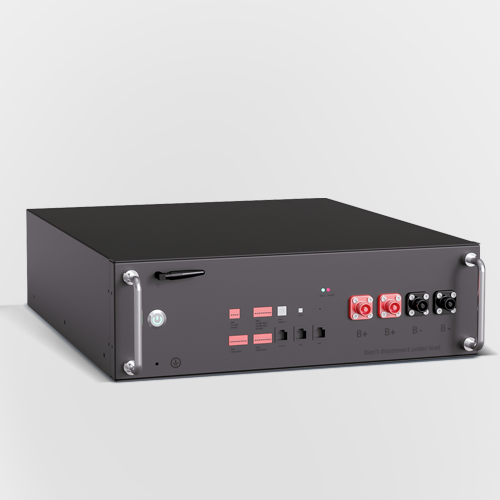By enecellpower | 19 January 2024 | 0 Comments
The Science Behind LiFePO4 Lithium Batteries
As the world becomes more environmentally conscious and seeks to reduce humanity's carbon footprint, there has been an increased demand for energy storage solutions that are more efficient and cleaner. One such solution is the LiFePO4 lithium battery. LiFePO4 batteries are a rising star in the energy storage market, and their popularity is raising questions asking what they are, and how they work. In this blog post, we will explore the science behind LiFePO4 lithium batteries and help you understand everything you need to know about them.


1.Understanding the Chemistry of LiFePO4 Batteries
LiFePO4 batteries are made up of several components, including cathodes, anodes, separators, and electrolytes. The cathode of LiFePO4 batteries is made of lithium iron phosphate (LiFePO4), which is a type of iron and phosphate mineral. This material is non-toxic and abundant, making it ideal for large-scale battery production. The anode in LiFePO4 batteries is made up of graphite, which is a soft, gray mineral. The separator is a film that separates the anode and cathode, preventing a short circuit.
2.How LiFePO4 Batteries Store and Discharge Energy
LiFePO4 batteries store and discharge energy through a process called ion transfer. When the battery is charged, lithium ions move from the cathode to the anode. This process creates a buildup of electrons at the anode, which is what stores the energy. When the battery is discharging, lithium ions move in the opposite direction, from the anode to the cathode, releasing the stored energy as electricity.
3.The Impact of Temperature on LiFePO4 Battery Performance
Temperature plays a crucial role in LiFePO4 battery performance. When the battery is too cold, the ion transfer process slows down, and the battery's output capacity drops. Similarly, when it is too hot, the transfer process speeds up, which can cause the battery to degrade at a faster rate, reducing its lifespan. LiFePO4 batteries work best at temperatures between 68°F and 86°F, making them ideal for use in moderate climates.
4.The Longevity and Lifespan of LiFePO4 Batteries
One of the most significant advantages of LiFePO4 lithium batteries is their long lifespan. They can last more than ten years and are known to perform optimally, even after thousands of charging cycles. This is because LiFePO4 batteries are highly resistant to degradation and can maintain their capacity even after years of use. Thanks to their long lifespan, LiFePO4 batteries are also a more sustainable energy storage solution than many other battery types.
5.The Technological Innovations Behind Our LiFePO4 Batteries
Our company uses the best technology to manufacture and design our LiFePO4 batteries for maximum efficiency and durability. For example, our batteries use a unique self-developed battery management system that helps to monitor and regulate the battery's temperature, voltage, and current. Our build also includes a unique PTC (Positive Temperature Coefficient) system, which helps to stabilize the batteries and keep them from overheating. These innovative technologies make our LiFePO4 lithium batteries a trustworthy and safe energy storage solution.
LiFePO4 batteries are making waves as the latest green energy storage solution. With their long lifespan, high efficiency, and sustainability, it's no wonder that they are quickly becoming a popular option. Hopefully, this article has provided you with some insight into how LiFePO4 batteries work, and their chemistry and technology. If you're looking for an energy storage solution that is reliable, durable, and environmentally friendly, then LiFePO4 lithium batteries may be the perfect solution for you.
Maximizing Efficiency with LiFePO4 Lithium Batteries
LiFePO4 Lithium Batteries: A Safer Alternative to Traditional Lithium Batteries
Leave a Reply
Your email address will not be published.Required fields are marked. *
CATEGORIES